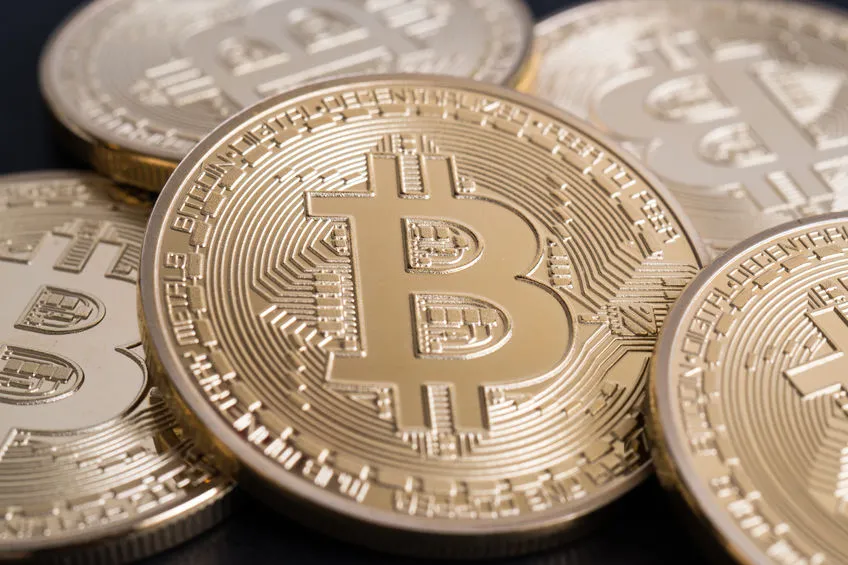When Bitcoin was proposed for the first time in 2008, it was revolutionary. For the first time, people could trust a currency without a bank or government behind it. Year 2018, Bitcoin is again well above 10,000 USD and more than 87% of people have heard about it.

Bitcoin is almost a decade old. Now there are more than 1,500 cryptocurrencies newer than Bitcoin, more efficient, faster and offering features that Bitcoin lacks. In the last month, the percentage of the Bitcoin market fell from 56% to 33%. Bitcoin has made the hard work of opening the gap, staying ahead will not be easy.
Fixing "here and there"
The first detail that Bitcoin faces is its slowness. The Bitcoin network can only handle 7 transactions per second. In comparison Visa handles 24,000 transactions per second on average, and, in theory, can with up to 56,000.
Second, it's expensive. The congestion of the network, among other things, generates extraordinarily high rates. The fees at the end of December 2017 were US $ 37 per transaction, more than the cost of a bank transfer.
Finally, its versatility. Bitcoin was designed as a digital currency. Its technology only allows basic programming. Programmable blockchains, like Ethereum, have the potential to impact a wider range of sectors.
Cryptocurrencies 2.0: The New Generation
Many of the new currencies surpass Bitcoin's current capabilities. Let's see some of the most outstanding:
Stellar Lumens (XLM). It can handle 1,000 transactions per second without losing control and transfer millions of dollars for a few cents.